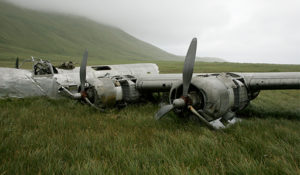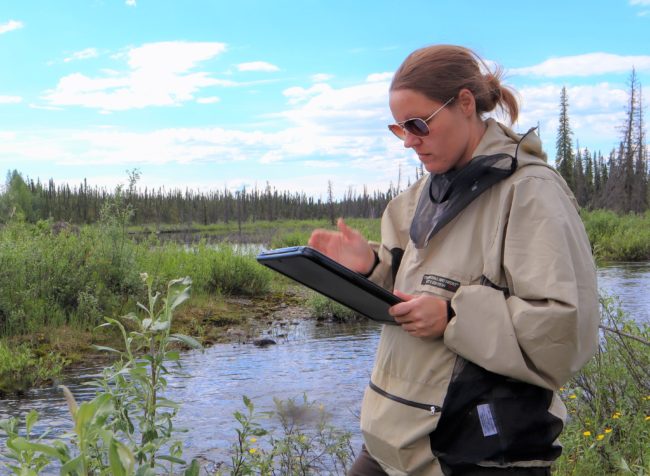From Caribou Corrals to Seaplane Hangars: A Cultural Resources Overview of Alaska’s National Wildlife Refuges
Tuesday, October 19, 2021, 5-6pm (AKDT)
Jeremy Karchut, Regional Archaeologist/Regional Historic Preservation Officer USFWS, Alaska Region
Join us to discover the rich cultural and historic legacy of Alaska’s Refuges. Jeremy Karchut will provide an overview of the refuges’ vast array of cultural resources representing 14,000 years of human history. Sites range from those associated with the earliest humans to set foot in North America to mid-20th century aircraft hangars. Prehistoric archaeological sites in the Arctic, rock art on the Kodiak coast, historic cabins on the Kenai Peninsula, WWII battlefield sites in the Aleutians, and historic Fish & Wildlife Service (FWS) facilities critical to the agency’s Alaska mission are some of the cultural resources to be highlighted in this talk.
The FWS recognizes cultural resources as fragile, irreplaceable assets with potential public and scientific uses, representing an important and integral part of the heritage of our Nation and descendant communities. It is FWS policy to identify, protect, and manage cultural resources located on refuge lands. Jeremy will consider some of the challenges and rewards of managing these nonrenewable resources in an era of rapid environmental change and include highlights of key federal historic preservation legislation.

B-24D Liberator Bomber that crashed in 1942 on Atka Island, in what is now part of the Alaska Maritime NWR. Photo by Steve Hillebrand, USFWS.
Jeremy is the FWS Regional Archaeologist in Anchorage. He is interested in high altitude and high latitude archaeology and for more than 20 years he’s been involved with projects focusing on the effects of climate change on archaeological resources and what archaeology can teach us about how humans adapted to environmental change in the past. Jeremy is a native of Colorado, having earned a BA in Anthropology from Fort Lewis College, Durango in 1998, and a MA in Archaeology and Ancient History from University of Leicester, UK in 2003. He has served as a federal archaeologist since 1995, including with the US Forest Service and the National Park Service in the US Southwest, Central and Southern Rocky Mountains, Great Plains, and 12 years in Alaska.
This presentation was recorded; view below.



